Ataxia, a condition characterized by uncoordinated movements and a lack of voluntary muscle control, can affect birds just as it does humans and other animals.
When birds exhibit symptoms of ataxia, such as stumbling, loss of balance, or an inability to fly or perch properly, it can cause concern among bird owners and enthusiasts.
Ataxia in birds can have various causes, including viral or bacterial infections, neurological disorders, trauma, or exposure to toxins.
Diagnosing the underlying cause of ataxia in birds often requires a thorough examination by a veterinarian, which may involve blood tests, imaging techniques, or other diagnostic procedures.
Treatment for ataxia depends on the specific cause and may involve supportive care, medications, or addressing the underlying condition.
Understanding the symptoms, causes, diagnosis, and treatment options for ataxia in birds is crucial for bird owners and veterinarians to provide appropriate care and improve the well-being of these avian companions.
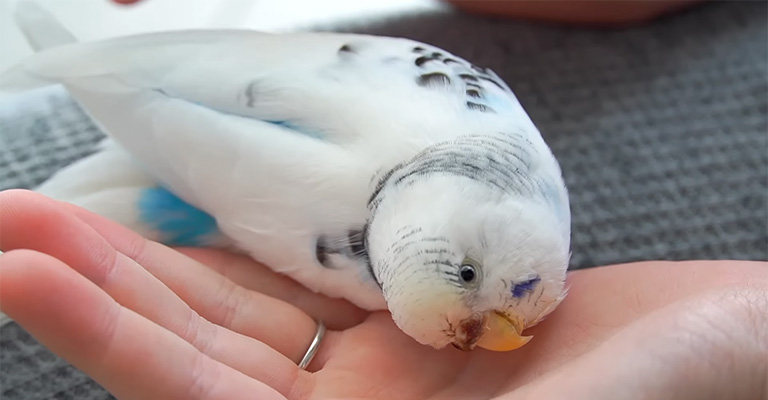
Understanding Ataxia In Birds
Ataxia is a neurological condition affecting birds, leading to decreased coordination and balance. Understanding this condition is crucial for early detection and appropriate treatment.
Definition And Explanation Of Ataxia
Ataxia is the lack of voluntary muscle control, affecting a bird’s ability to coordinate movements properly. It results from damage to the cerebellum or associated neural pathways. This can lead to unsteady gait, tremors, and difficulty performing basic tasks.
How Ataxia Manifests In Birds
Birds with ataxia lack balance and coordination, swaying or falling when attempting to perch or walk. They may have trouble flying, frequently colliding with objects, or falling unexpectedly. In severe cases, they might lose the ability to stand all together.
Types Of Ataxia In Avian Species
Birds have several types of ataxia, each with unique causes and manifestations. Common types include cerebellar, sensory, and vestibular ataxia. Cerebellar ataxia arises from cerebellum dysfunction, sensory ataxia from sensory pathway issues, and vestibular ataxia from inner ear disturbances.
Understanding these variations is vital for accurate diagnosis and targeted treatment.
Symptoms Of Ataxia In Birds
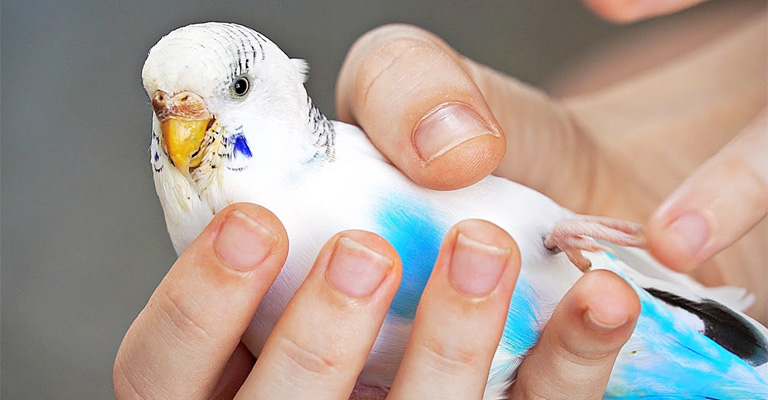
Ataxia in birds is characterized by a range of observable symptoms that indicate a loss of coordination and balance. These symptoms may vary depending on the underlying cause of ataxia. Recognizing these symptoms is crucial for early detection and intervention.
Loss Of Balance And Coordination
Birds affected by ataxia often struggle to maintain their balance. They may wobble or lean to one side while perching or standing. Coordination issues may be evident when attempting to move or perform basic tasks.
Abnormal Gait And Movement
Ataxic birds may display an abnormal gait, such as stumbling, staggering, or walking with an unsteady motion. Their movements may appear jerky or uncoordinated, and they may need help to maintain a steady rhythm while walking.
Changes In Flight Patterns
Birds with ataxia may exhibit alterations in their flight patterns. They may struggle to take off or land properly, show a lack of control during flight, or experience difficulty in maintaining a straight flight path. These changes in flight behavior can be indicative of neurological impairment.
Difficulty With Feeding And Eating
Ataxia can affect a bird’s ability to feed and eat normally. They may have trouble grasping food with their beaks, coordinating their swallowing movements, or maintaining balance while feeding. As a result, affected birds may experience weight loss or exhibit a decreased interest in food.
Other Neurological Signs
In some cases, ataxia in birds may be accompanied by additional neurological signs, such as tremors, seizures, or abnormal eye movements. These signs can provide further clues to the underlying cause of ataxia and aid in diagnosis.
Variability In Symptom Presentation
It is important to note that the severity and combination of symptoms can vary depending on the specific cause of ataxia, the species of bird, and the individual’s overall health. Consulting a veterinarian with avian expertise is essential for accurate diagnosis and treatment.
Causes Of Ataxia In Birds
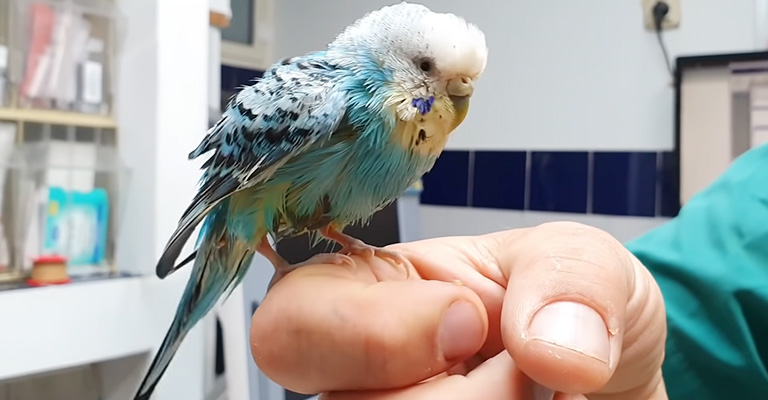
Ataxia in birds can be attributed to various factors, including infectious diseases, nutritional deficiencies, traumatic injuries, and genetic or congenital abnormalities. Understanding the underlying causes is crucial for accurate diagnosis and appropriate treatment.
Infectious Causes
- Avian Influenza: This highly contagious viral infection can affect birds of different species, leading to neurological symptoms such as ataxia.
- West Nile Virus: Birds infected with the West Nile virus may exhibit ataxia as one of the neurological manifestations of the disease.
- Newcastle Disease: This viral infection primarily affects poultry, causing respiratory and neurological signs, including ataxia.
Nutritional Causes
- Vitamin Deficiencies: Inadequate intake or imbalances of essential vitamins, such as vitamin E, can result in ataxia in birds.
- Mineral Imbalances: Insufficient or excessive levels of minerals like calcium, phosphorus, or selenium in the diet can lead to neurological issues, including ataxia.
Traumatic Causes
- Head Injuries: Birds may experience head trauma from collisions, falls, or predator attacks, resulting in ataxia due to brain damage.
- Spinal Trauma: Injuries to the spinal cord, such as fractures or compression, can disrupt nerve signals and lead to ataxia.
Genetic And Congenital Causes
- Hereditary Ataxia: Some bird species may have a genetic predisposition to ataxia, which is passed down through generations.
- Developmental Abnormalities: Congenital malformations or developmental disorders in birds can affect the nervous system, resulting in ataxia.
Understanding the diverse causes of ataxia in birds allows veterinarians and owners to implement appropriate diagnostic procedures and develop effective treatment plans tailored to the underlying cause.
Diagnosis Of Ataxia In Birds
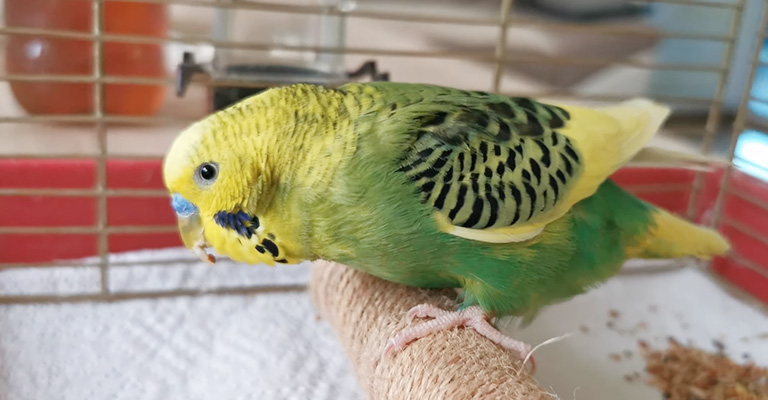
Ataxia in birds can be challenging to diagnose due to the various possible causes and the complexity of avian neurology. However, accurate and timely diagnosis is crucial for appropriate treatment. This section will explore the different diagnostic methods used to identify ataxia in birds.
Physical Examination And Medical History
A thorough physical examination and detailed medical history are essential for diagnosing ataxia in birds. The veterinarian will observe the bird’s posture, movement, and coordination and inquire about any previous illnesses, dietary changes, or exposure to toxins.
Neurological Evaluation
A comprehensive neurological evaluation is crucial in assessing the bird’s motor function, reflexes, and sensory responses. This evaluation may include assessing limb strength, proprioception (awareness of body position), and cranial nerve function.
Imaging Techniques (X-Rays, Ct Scans, Mri)
Imaging techniques play a vital role in diagnosing ataxia in birds. X-rays can help detect fractures, skeletal abnormalities, or tumors that may contribute to neurological dysfunction.
CT scans and MRIs provide more detailed images of the brain and spinal cord, allowing for the identification of lesions, hemorrhages, or structural abnormalities.
Blood Tests And Other Laboratory Analyses
Blood tests can help identify underlying infections, nutritional deficiencies, or metabolic imbalances that may cause ataxia. Laboratory analyses of cerebrospinal fluid (CSF) or other bodily fluids may also be necessary to assess inflammation, infectious agents, or abnormal cell counts.
Electromyography (Emg) And Nerve Conduction Studies
In some cases, electromyography and nerve conduction studies may be performed to evaluate the electrical activity of muscles and nerves. These tests can provide valuable information about nerve damage or dysfunction.
Biopsy And Histopathology
If a tumor or abnormal tissue growth is suspected, a biopsy may be necessary to obtain a sample for histopathological examination. This examination involves the microscopic analysis of the tissue sample, helping to identify specific disease processes.
Genetic Testing
In cases where hereditary ataxia is suspected, genetic testing can be conducted to identify specific gene mutations associated with the condition.
Accurate diagnosis of ataxia in birds requires a combination of these diagnostic methods, as it often involves ruling out various potential causes and considering the bird’s clinical presentation.
Collaboration between avian veterinarians, neurologists, and diagnostic imaging specialists may be necessary to reach a definitive diagnosis and provide appropriate treatment.
Treatment Options For Ataxia In Birds
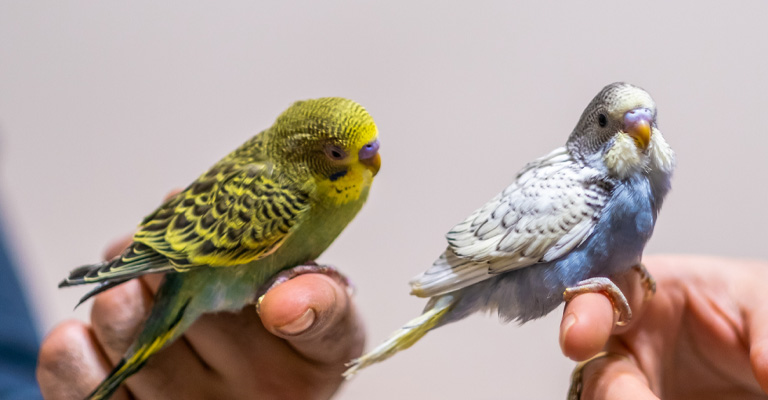
Birds affected by ataxia require appropriate treatment to manage their symptoms and improve their quality of life. Various treatment options are available, depending on the underlying cause of ataxia.
These treatment methods can be categorized into supportive care, medications and therapies, and surgical interventions, if applicable. Ataxia in birds can be addressed through:
Supportive Care
This approach focuses on providing the bird with the necessary support to manage its symptoms and promote recovery. Two critical components of supportive care are:
- Fluid Therapy: Administering fluids helps maintain hydration and electrolyte balance, aiding overall health and vitality.
- Nutritional Support: A well-balanced diet, supplemented with appropriate vitamins and minerals, is crucial for the bird’s overall health and recovery.
Medications And Therapies
Specific medications and therapies may be prescribed based on the underlying cause of ataxia. These treatment methods include:
- Anti-inflammatory Drugs: Anti-inflammatory medications help reduce inflammation in the bird’s body, alleviating symptoms and supporting healing.
- Antibiotics for Infectious Causes: In cases where an infectious disease causes ataxia, targeted antibiotics can help control the infection and minimize its impact.
- Physical Therapy: Physical therapy techniques, such as gentle exercises and range-of-motion movements, may aid in improving coordination, strength, and motor skills.
Surgical Interventions (If Applicable)
In some cases, surgical intervention may be necessary to address specific causes of ataxia. These interventions can include:
- Removal of Tumors or Lesions: If ataxia is caused by a tumor or lesion compressing the nervous system, surgical removal of the growth may alleviate symptoms and improve the bird’s condition.
- Stabilization of Fractures: If ataxia results from skeletal injuries, surgical stabilization of fractures may be required to restore normal limb function and reduce ataxic symptoms.
Preventive Measures
Ataxia in birds can have significant implications for their health and well-being. Various preventive measures can be implemented to minimize the risk of ataxia occurrence.
These measures include vaccination and disease control, proper nutrition and diet management, environmental enrichment for captive birds, and safety measures to prevent traumatic injuries.
Vaccination And Disease Control
Vaccination is crucial in preventing infectious diseases that can lead to ataxia in birds. Vaccines against avian influenza, Newcastle disease, and other pathogens should be administered following the appropriate vaccination schedules.
Regular health check-ups and prompt isolation and treatment of sick birds can also help control disease spread within aviaries.
Proper Nutrition And Diet Management
Ensuring a well-balanced and nutritious diet is essential for the overall health of birds. It can help prevent nutritional deficiencies that may contribute to ataxia.
Consultation with avian veterinarians or avian nutritionists can guide the specific dietary needs of different bird species, including the appropriate levels of vitamins, minerals, and essential nutrients.
Environmental Enrichment For Captive Birds:
Providing a stimulating and enriching environment is vital for captive birds’ mental and physical well-being, which can help reduce the risk of developing ataxia.
Enrichment activities such as perches of varying sizes, toys, foraging opportunities, and social interaction can promote natural behaviors, improve coordination, and prevent the onset of ataxic symptoms.
Safety Measures To Prevent Traumatic Injuries
Safety measures are crucial in preventing traumatic injuries that can lead to ataxia. This includes ensuring secure enclosures, appropriate cage sizes, and the absence of sharp objects or hazardous materials.
Regularly monitoring the bird’s environment and minimizing potential hazards can significantly reduce the risk of accidents and subsequent ataxia.
Frequently Asked Questions
While not all causes of ataxia can be prevented, ensuring a balanced diet, maintaining a safe environment, and avoiding exposure to toxins can reduce the risk.
Ataxia itself is not contagious, but some underlying infections causing ataxia may be transferable. Proper quarantine measures should be taken when introducing new birds to prevent the spread of infections.
The prognosis depends on the cause and severity of ataxia. Some cases can be successfully treated, while others may be more challenging to manage. Early detection and intervention increase the chances of a positive outcome.
Yes, certain genetic disorders can cause ataxia in birds. Breeding programs should be mindful of such conditions to prevent their propagation.
The decision to euthanize a bird with ataxia should be made in consultation with a veterinarian. Factors such as the bird’s overall health, quality of life, and prognosis should be considered.
Conclusion
Ataxia in birds is a neurological condition that affects their coordination and balance. Recognizing the symptoms and seeking timely veterinary care is crucial for an accurate diagnosis and appropriate treatment.
By understanding the causes and treatment options, bird owners can provide the necessary support and care to improve the bird’s quality of life and potentially manage or alleviate the symptoms of ataxia.